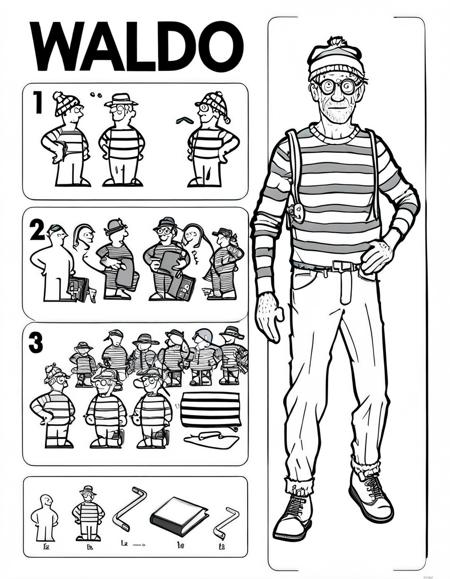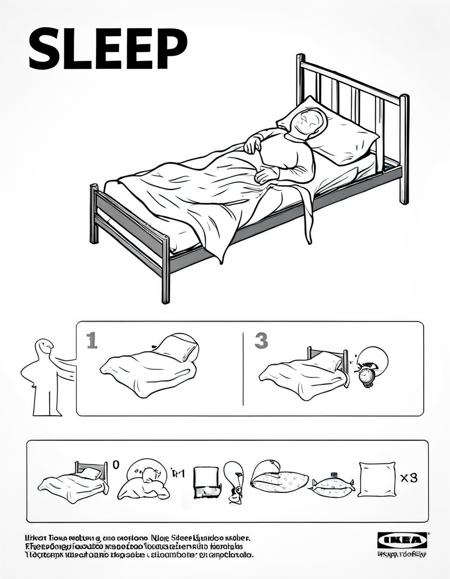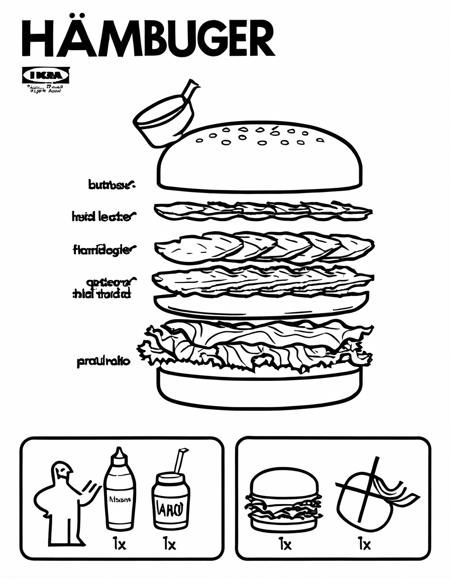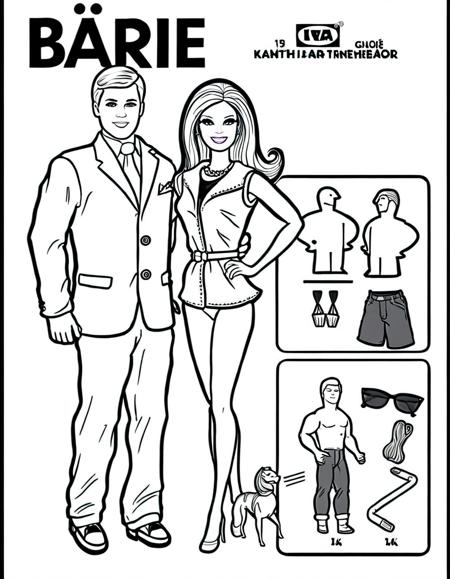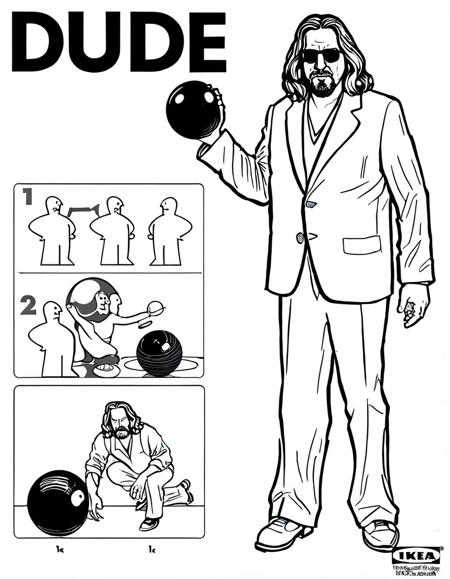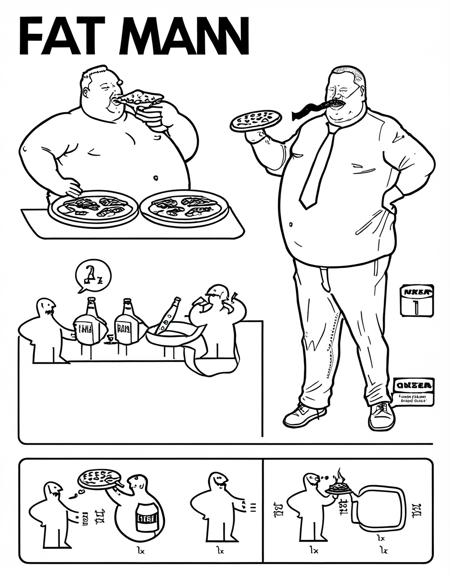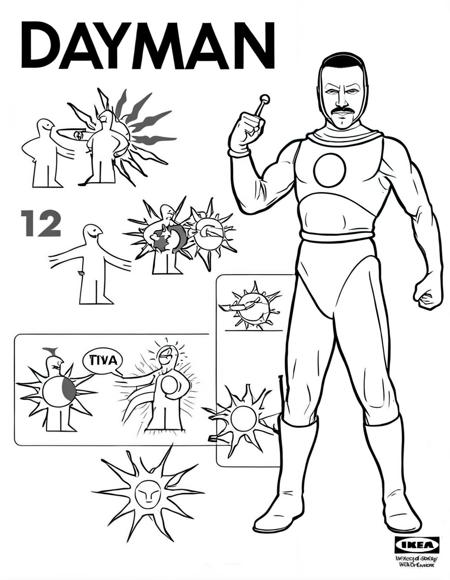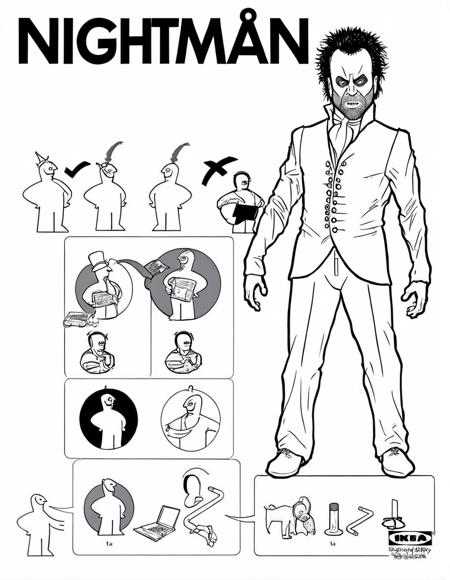license: other
tags:
- text-to-image
- stable-diffusion
- lora
- diffusers
- style
- styles
- instruction_manual
- ikea
base_model: stabilityai/stable-diffusion-xl-base-1.0
instance_prompt: null
widget:
- text: 'where is waldo '
- text: sleep
- text: 'hamburger,, lettuce, mayo, lettuce, no tomato '
- text: 'barbie and ken '
- text: 'back to the future '
- text: >-
the dude, form the movie the big lebowski, drinking, rug wet, bowling
ball
- text: 'hippie '
- text: ' fat man, eat pizza, eat hamburgers, drink beer'
- text: ' dayman, fighter of the night man, champion of the sun'
- text: ' nightman, pay troll toll to get into that boys hole'
IKEA-Instructions-LoRA-SDXL
Introduction: The "ostris/ikea-instructions-lora-sdxl" repository hosts an intriguing diffusion model designed for text-to-image generation. This model is unique in its ability to produce images reminiscent of sketches or line drawings, devoid of color. If you're looking to explore artistic and minimalist image generation, this model might be just what you need.
Diffusion Model: Diffusion models, in the context of text-to-image generation, leverage the principles of diffusion processes to produce images step-by-step. They excel in capturing fine artistic details and can create images with a distinct sketch-like quality. This makes them an ideal choice for those interested in generating artful, monochromatic visuals.
Usage: To harness the power of this model for your creative projects, you can use the following Python script:
from diffusers import DiffusionPipeline
# Load the diffusion model
pipeline = DiffusionPipeline.from_pretrained("stabilityai/stable-diffusion-xl-base-1.0")
pipeline.load_lora_weights("ostris/ikea-instructions-lora-sdxl")
# Generate an image from a text prompt
text_prompt = "Describe steps to create a hamburger"
generated_image = pipeline.generate_image(text_prompt)
# Display or save the generated image
generated_image.show()
Simply provide a text prompt, and watch as the model transforms it into an artistic image with a unique, sketch-like aesthetic.
Parameters and Configurations: While the default weight of 1.0 is recommended for the SDXL 1.0 base, feel free to experiment with other values to achieve different artistic effects.
Usage Tips: To make the most of this model, consider using prompts that describe the steps you want the image to depict. You can also try prompts like "blurry" or "low quality" to influence the image's style. The SDXL model is adept at interpreting prompts and creating images that align with your vision.
Additional Resources: For further details and in-depth documentation on this model and the "diffusers" library, please refer to the official repository and documentation on Hugging Face's website.
With the "ostris/ikea-instructions-lora-sdxl" model, you can explore the world of text-to-image generation with a unique and artistic twist. Unleash your creativity and watch as your textual prompts come to life as captivating sketches.
where is waldo
No trigger word needed. Weight of 1.0 works well on the SDXL 1.0 base. Negatives are usually not needed, but "blurry" and "low quality" seem to help. You can use simple prompts such as "hamburger" or describe steps you want it to show. SDXL does a pretty good job of figuring out the steps to make it.
Image examples for the model:
sleep
hamburger,, lettuce, mayo, lettuce, no tomato
barbie and ken
back to the future
the dude, form the movie the big lebowski, drinking, rug wet, bowling ball
hippie
fat man, eat pizza, eat hamburgers, drink beer
dayman, fighter of the night man, champion of the sun
nightman, pay troll toll to get into that boys hole
